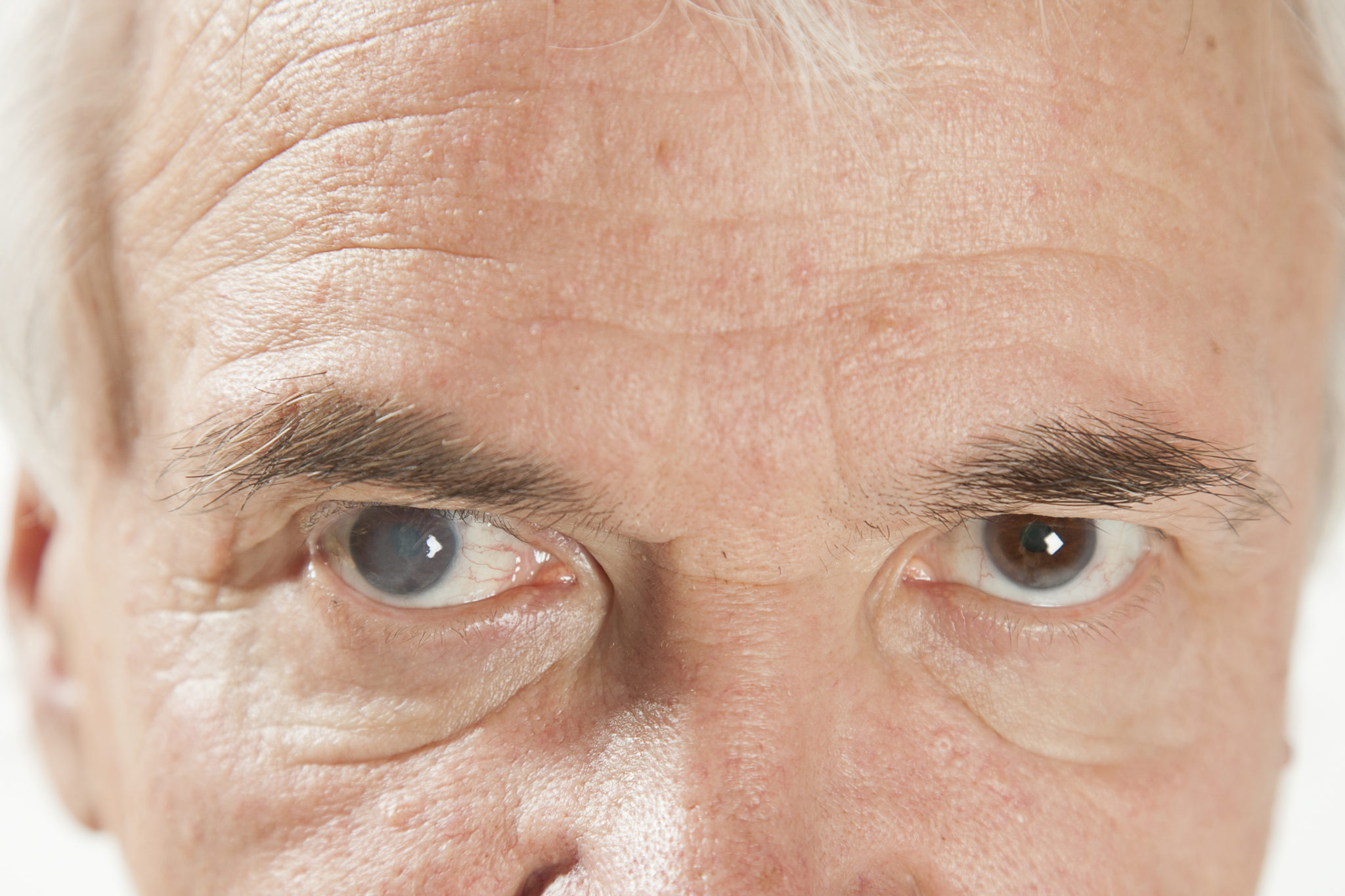A study published in the American Journal of Therapeutics provides further proof that eye drops containing n-acetylcarnosine, abbreviated as NAC, can slowly reverse existing cataracts and prevent new ones from forming.
This study builds upon NAC’s already impressive clinical track record for the prevention and reversal of cataracts. Since the start of this century, NAC has been used by thousands of individuals to treat age-related eye diseases like cataracts, and macular degeneration.
In this study of more than 50,000 elderly individuals, N-acetylcarnosine topical eyedrops target therapy was demonstrated to have significant efficacy, safety, and good tolerability for the prevention and treatment of visual impairment. In their conclusion, the study’s authors wrote:
“Overall, accumulated study data demonstrate that … N-acetylcarnosine eyedrops, promote healthy vision and prevent vision disability from senile cataracts, primary open-angle glaucoma, age-related macular degeneration, diabetic retinopathy, and aging. N-acetylcarnosine eyedrop therapy is the crown jewel of the anti-aging medical movement and revolutionizes early detection, treatment, and rejuvenation of aging related eye-disabling disorders.”
In a previous long-term study, these same researchers observed the changes in lens clarity over a 6 to 24 month period for 49 volunteers. The average age of the participants was 65, and all suffered from senile cataracts ranging from minimal to advanced opacification (clouding of the lens).
The patients received either a 1% solution of NAC eye drops or a placebo, as two drops twice a day in each eye. The patients were then evaluated after two months and again after six months.
The evaluations consisted of ophthalmoscopy (glare test), stereocinematagraphic (slit-image) and retro-illumination (photography). A computerized digital analysis then displayed the light scattering and absorbing effects of the centers of each lens.
Here is the outcome after six months
- 88.9% of the patients who were treated with NAC had an improvement of glare sensitivity (lowest individual score was a 27% improvement, all the way up to a 100% improvement)
- 41.5% had a significant improvement of the transmissivity of the lens
- 90% showed an improvement in visual acuity
- The patients in the placebo group exhibited little change in eye quality at 6 months and a gradual deterioration at 12 to 24 months

